Johannesburg château – Spring Loaded
This flower-filled Johannesburg home is an explosion of colour and styles in perfect harmony.
in the garden of Mariette and Peter Theron’s house in the Johannesburg suburb of Saxonwold, there are potted plants nestled among the herbaceous drifts of the flower beds. They peep up through the beautiful combinations of colours and textures, joining the exotic beans, heads of lettuce and strawberries that grow between the flowers. That’s because Mariette likes to move them around, as she might move the furniture and art in the house. “I garden like I decorate my house,” she says, “moving things around all the time. It’s moving but it’s not. It adapts.”
Peter and Mariette have lived in this house with their three daughters for 20 years. When they moved in with their eldest daughter, Pascale, now studying at the Design Academy Eindhoven, Mariette was pregnant with their second daughter, Andrea, who has now just turned 19. Georgia, their third, is in her second-last year of high school. But when they first moved in, the family didn’t change a thing about the house — not until they’d lived there for 14 years.
The house itself dates back to the 1930s. It was a fairly modestly sized, double-storey house with a Cape Dutch gable, a shady colonnaded porch, tall arched windows and doorways, and a single central bathroom for the whole family to share. There were large trees in the garden (although the biggest — the reason they bought the house in the first place — recently fell, miraculously leaving house, cars, pool and garden largely unscathed) and, as Mariette says, the property gave them “a good feeling.”
Well-known architect Johann Slee carried out a subtle and respectful alteration for them. “He’s a good friend of ours, and he’d known the house ever since we moved in,” says Mariette. “He always said we shouldn’t lose that feeling.” So the structure remained unchanged: the footprint and facade are as they have always been. But Slee opened up some of the interior spaces, and he swapped around the kitchen and dining room for a better flow between them and the living area. He also created an en suite bathroom for each bedroom upstairs.
Outside, Slee shifted the driveway from the front and centre of the house to the side, clearing a space for the beautiful, romantic garden Mariette and Peter have created. He also extended the stoep (patio) so that it wrapped right around the house, making it possible to walk around the outside of the house with ease. “These floors are incredible,” says Mariette, referring to the intricately arranged herringbone pattern in all the new areas. “They’re handmade clay bricks from Swellendam in the Western Cape. They call them klompies.”
The rooms are resolutely un-fake-able. The old cliché about everything having a story behind it is actually true here. Usually, the people who make the claim hardly know the stories they’re hinting at. The kitchen island, for example, is a repurposed office filing cabinet bought when a large Johannesburg mining house closed their head office. “They said we could have it for R150, provided we collected it,” recalls Mariette. It was on the 10th floor of a downtown building and wouldn’t fit into the elevator. Ditto the dining table. Similarly, there’s a trunk they had to lug from Folkestone to Dover in the U.K., where they were living as a young couple (Peter was working on the Channel Tunnel), when the trunk wouldn’t fit in the bus.
But the beauty of this home is not just in the quirky stories. The esthetic consciousness — Mariette’s eye for colour combinations and design details — creates unity. It’s achieved through constant combination and recombination, the subtly shifting, adapting, evolving arrangements that cast the old in new light and synthesize recent additions with the existing items.
Throughout the house, grand old antiques rub shoulders with contemporary furniture, local South African design with international design, 20th-century design classics with little-known student designs. As with the best of eclectic homes, the quirky details of personal history somehow find a place for themselves among the sweep of style’s various evolutions.
In the same way, on the walls, works by some of South Africa’s most sought-after contemporary artists hang among pictures by the Theron girls when they were children, and works by young and unknown artists. Mariette is a painter herself and says she is a strong believer in the importance of supporting little-known artists.
With Pascale in Eindhoven, Peter and Mariette have discovered much new (and some well-known) contemporary Dutch design. “We love Holland because of the quirkiness of it,” says Mariette. “They don’t take things too seriously.” Of course, they do take things seriously, but have such a lightness of touch that all effort is obscured, as it is in the Theron household.
That’s how, while the Therons’ house is anything but minimalist, somehow it seems uncluttered. That’s another way of saying that things seem to have found their place in thoughtful ways. They’ve been combined so that there’s harmony and balance, which is ultimately more important than the choice between minimalism or maximalism, or anything in between, anyway. Of course, that doesn’t mean that things won’t be moved again tomorrow. Because a really creative eye will find countless new combinations, new compositions and harmonies. It’s what Mariette means by, “It’s moving but it’s not.” That’s the difference between a house that’s decorated and one that’s lived in esthetically.
PRODUCTION BY SVEN ALBERDING/ PHOTOGRAPHY BY GREG COX
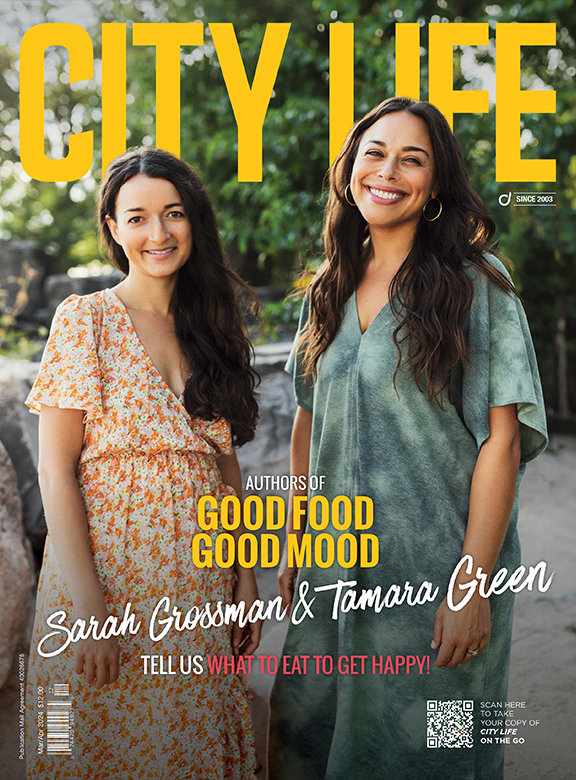

































































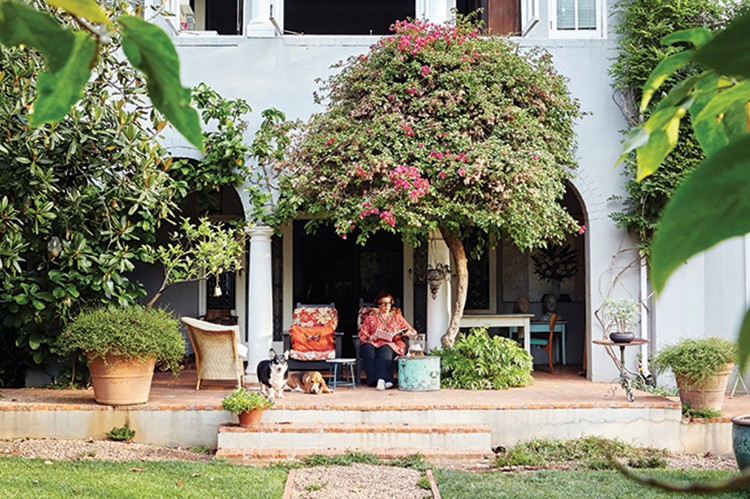
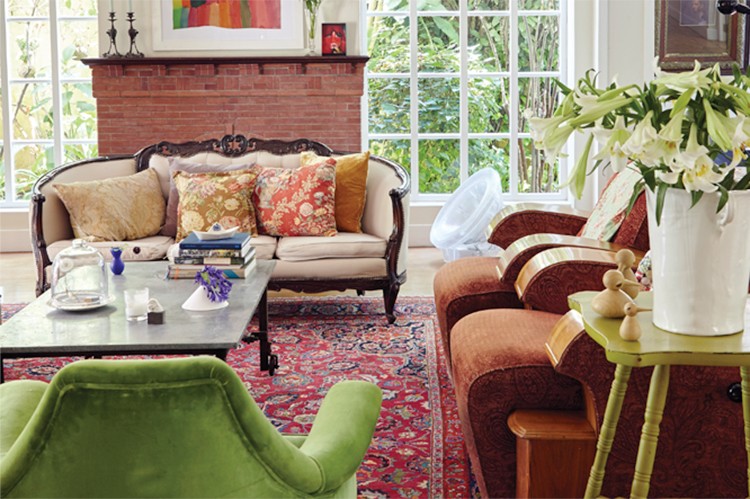
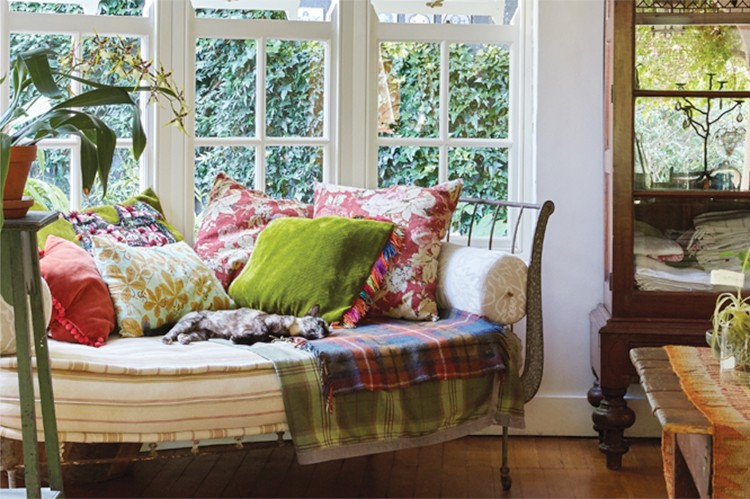
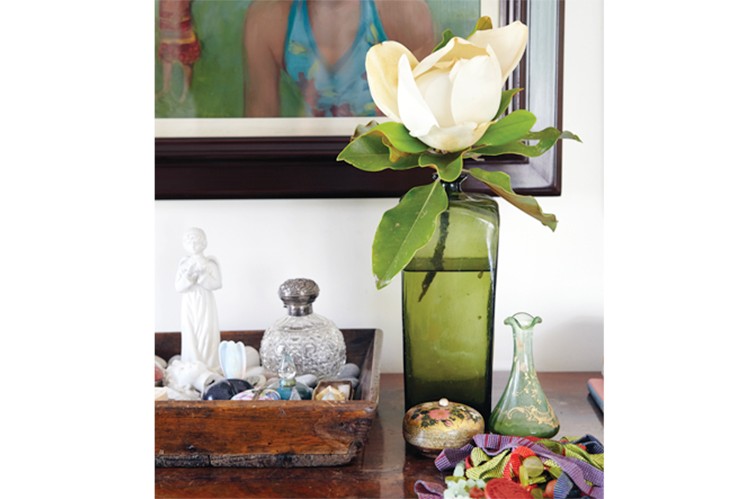
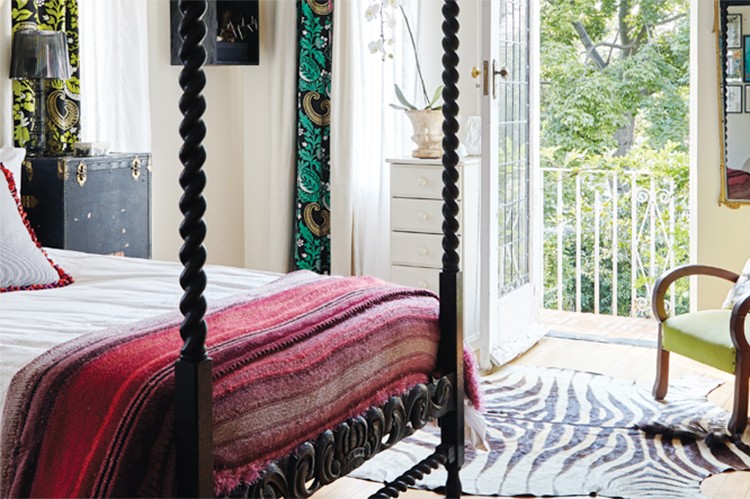
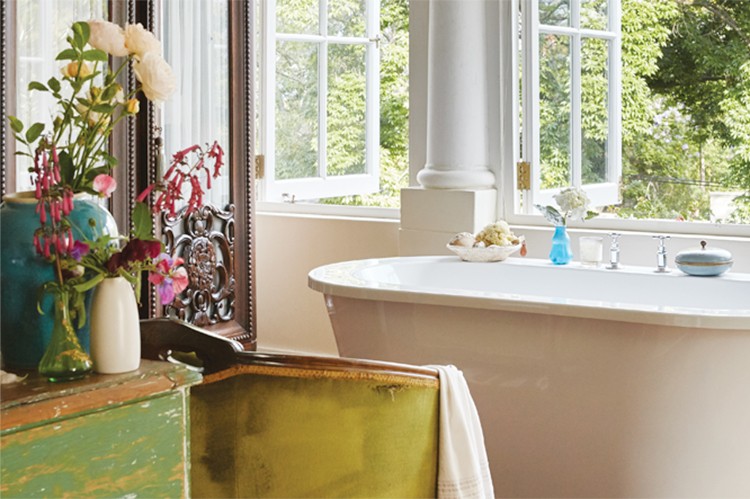
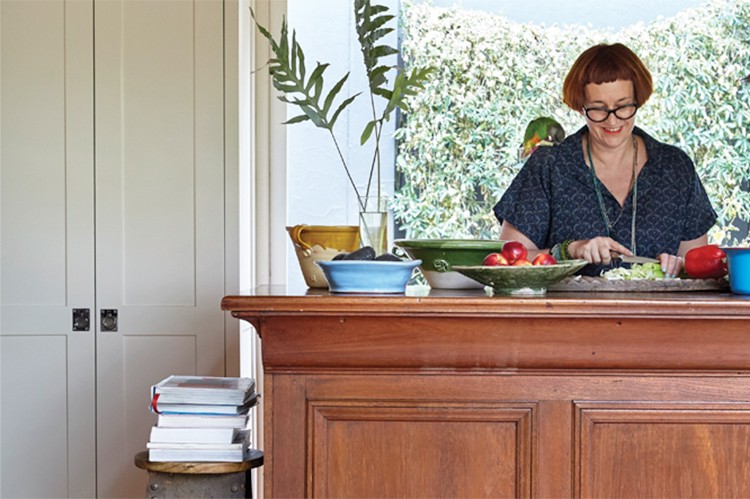
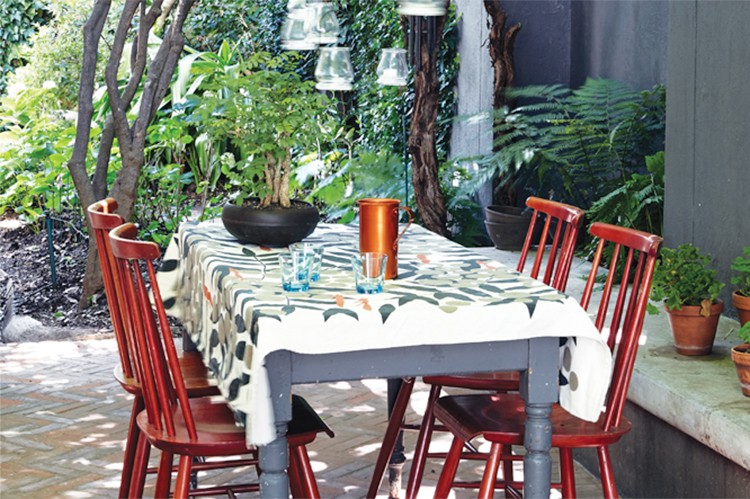
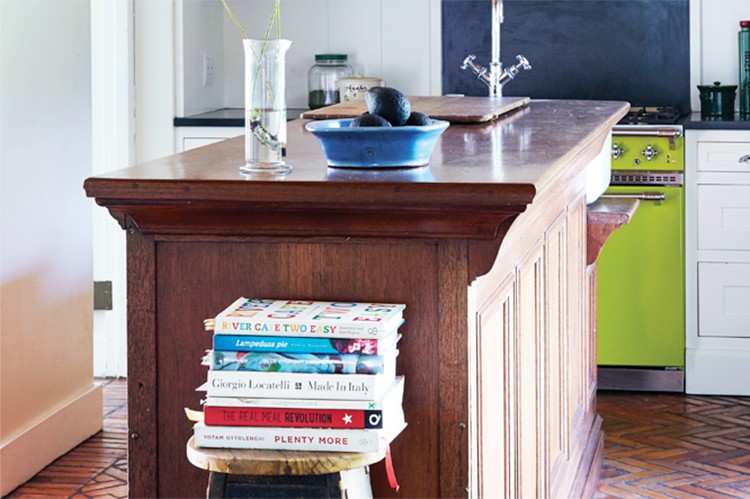
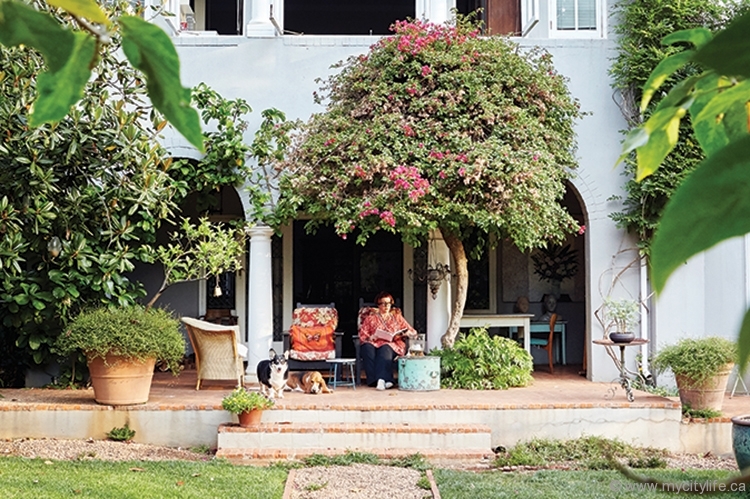


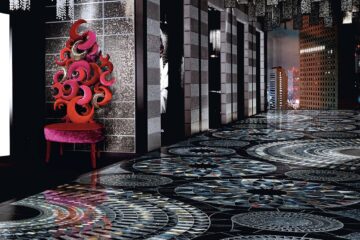
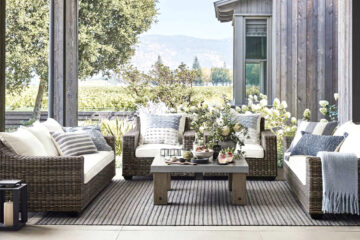
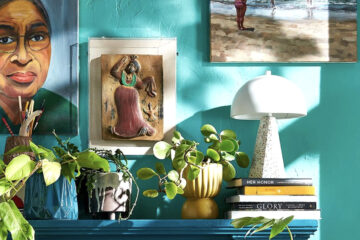

No Comment